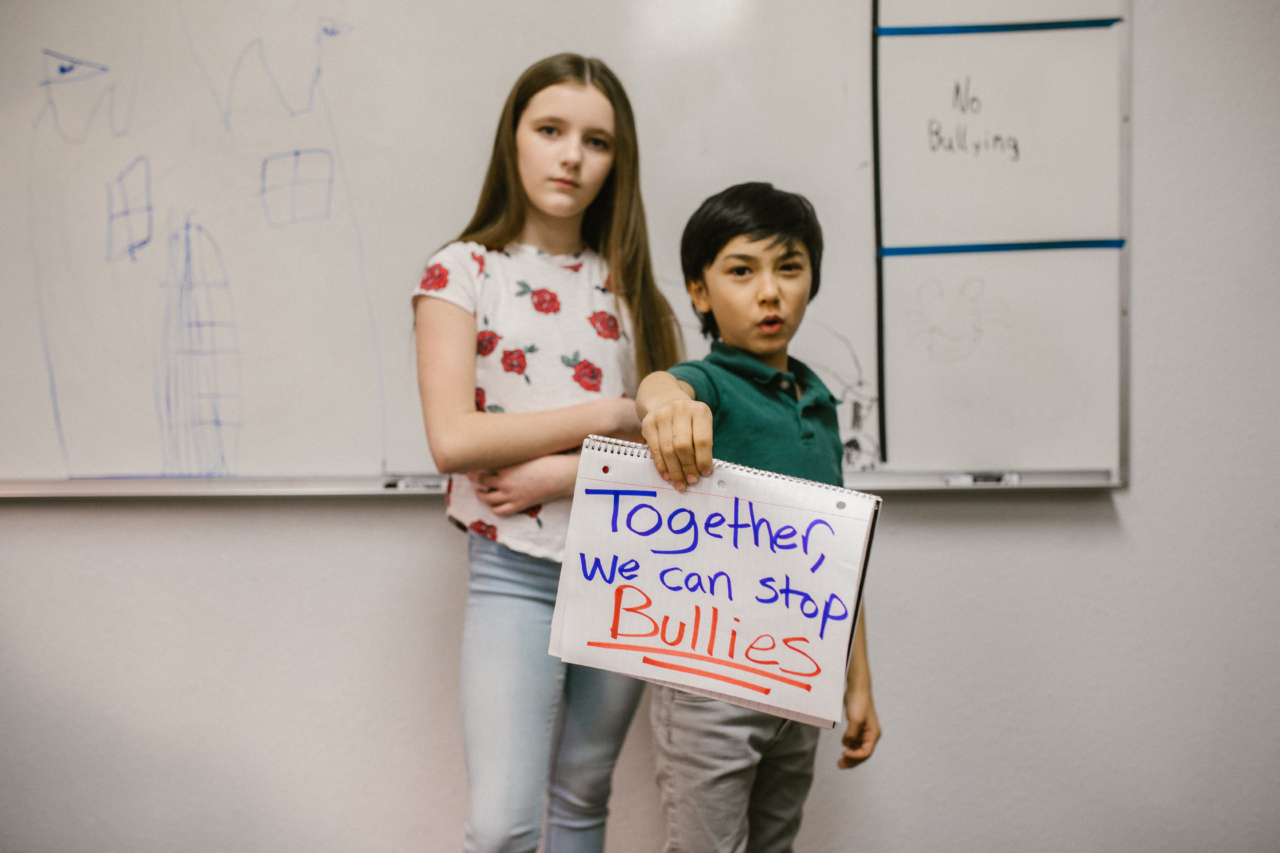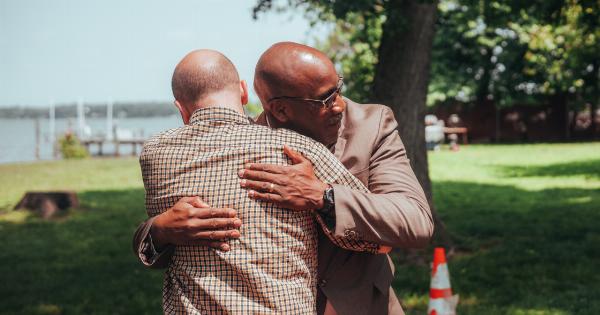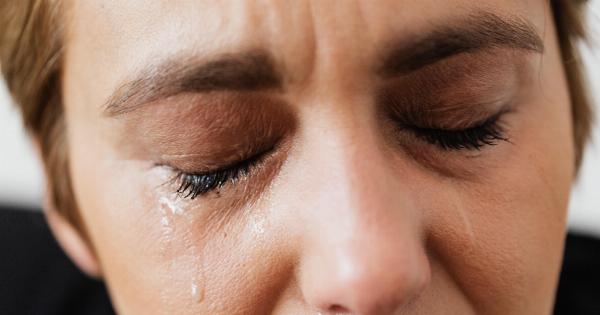Bullying is a prevalent issue that affects individuals across all age groups, backgrounds, and genders. It involves repeated aggressive behavior, whether physical, verbal, or psychological, intended to harm, intimidate, or control another individual.
Bullying can occur in various settings, including schools, workplaces, online platforms, and even within relationships.
The Deviant Nature of Bullying
While bullying itself is already distressing and harmful, it can sometimes escalate to encompass more deviant behaviors, including sexual deviance.
Sexual deviance refers to any behavior that deviates from societal norms or expectations regarding sexual conduct, boundaries, and consent.
Forms of Sexual Deviance in Bullying
Bullying can manifest in different forms of sexual deviance, often aimed at exerting power and control over the victim. Some common forms of sexual deviance within bullying include:.
1. Sexual Harassment
Sexual harassment involves unwanted sexual advances, comments, or conduct that create a hostile or intimidating environment for the victim. In the context of bullying, it can occur in schools, workplaces, or other social settings.
2. Sexual Objectification
Sexual objectification refers to treating a person as a mere object of sexual desire, rather than as an individual with feelings, thoughts, and autonomy.
Bullying involving sexual objectification often dehumanizes the victim, reducing them to their physical appearance or sexual attributes.
3. Sexual Assault
In severe cases, bullying can escalate to sexual assault, which involves any non-consensual sexual act imposed on an individual. Sexual assault can cause severe trauma and long-lasting emotional and psychological effects.
4. Revenge Pornography
Revenge pornography, also known as non-consensual pornography, occurs when intimate or sexual images or videos are shared without the person’s consent.
This form of bullying aims to humiliate and exploit the victim, often causing significant harm to their reputation and well-being.
Psychological Impact of Bullying and Sexual Deviance
Bullying, especially when it involves sexual deviance, can have severe psychological consequences for the victims. Some common psychological impacts include:.
1. Trauma and Post-Traumatic Stress Disorder (PTSD)
Bullying accompanied by sexual deviance can result in trauma, leading to symptoms of PTSD, such as flashbacks, nightmares, anxiety, and avoidance behaviors.
Victims may also experience difficulty trusting others and develop a heightened sense of vulnerability.
2. Depression and Anxiety
Bullying often contributes to the development of depression and anxiety disorders. The constant harassment, humiliation, and fear associated with bullying can erode the victim’s self-esteem, sense of worth, and overall mental well-being.
3. Social Isolation and Loneliness
Victims of bullying and sexual deviance may withdraw from social interactions and isolate themselves due to feelings of shame, embarrassment, and fear of further victimization.
This isolation can lead to profound loneliness and a lack of support systems.
Prevention and Intervention
Addressing bullying and sexual deviance requires a multi-faceted approach involving individuals, communities, schools, workplaces, and society as a whole. Some effective measures for prevention and intervention include:.
1. Education and Awareness Programs
Implementing comprehensive education and awareness programs that educate individuals about the consequences of bullying and sexual deviance can foster empathy, understanding, and a safer environment for everyone.
2. Policies and Reporting Mechanisms
Establishing clear policies against bullying and sexual deviance, along with confidential reporting mechanisms, allows victims to come forward without fear of retaliation.
These policies should be consistently enforced, and appropriate disciplinary actions should be taken against perpetrators.
3. Empowering Bystanders
Bystanders play a crucial role in preventing and intervening in bullying situations. Teaching individuals how to recognize bullying, safely intervene, and provide support to the victim can help curtail its occurrence and minimize harm.
Conclusion
Bullying and sexual deviance are deeply concerning issues that have far-reaching impacts on victims’ mental, emotional, and physical well-being.
By understanding the various forms of sexual deviance in bullying and implementing appropriate prevention and intervention strategies, we can create safer and more inclusive environments where everyone can thrive.



























